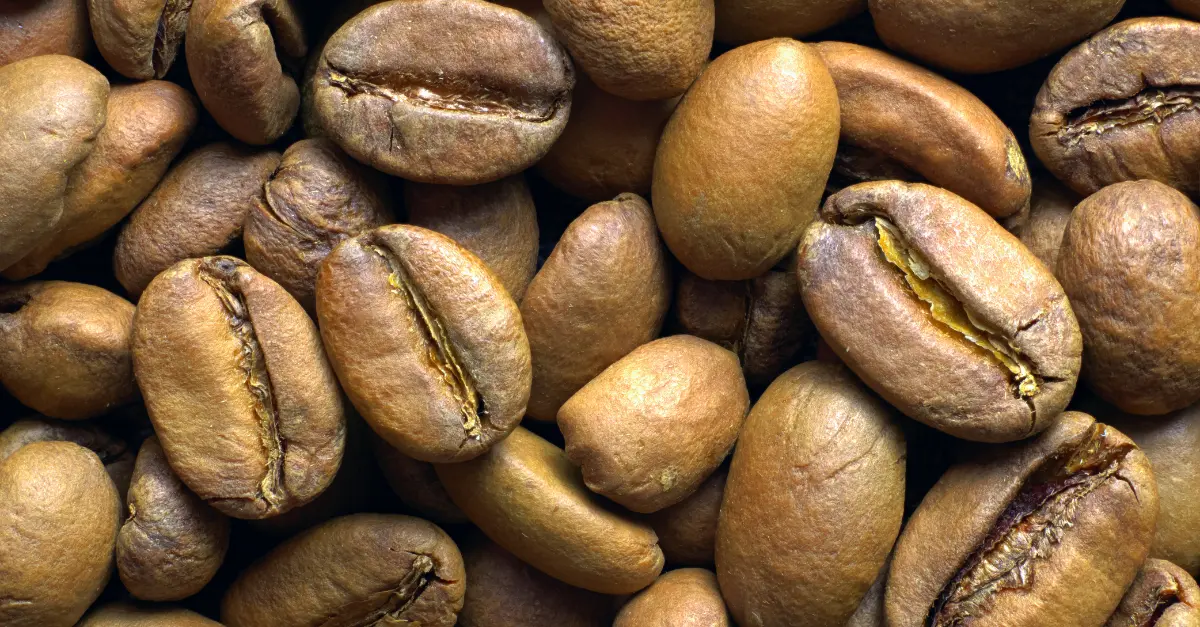White Coffee: The Rising Star in Coffee Culture
Introduction
In the ever-evolving world of coffee, a new trend is brewing: white coffee. This unique roast is gaining popularity among coffee enthusiasts and health-conscious consumers alike. But what exactly is white coffee, and why is it causing such a stir? Let’s dive into the world of this light and intriguing brew.
What is White Coffee?
White coffee isn’t your typical light roast. It’s coffee beans roasted at an even lower temperature than light roasts, typically around 325°F (163°C). This minimal roasting process results in:
- Beans with an off-white color
- A unique, nutty flavor profile
- Higher caffeine content compared to darker roasts
- Retention of more original bean characteristics
Fun Fact: White coffee has been popular among Bedouin communities in the Arabian Peninsula for generations, often served with spices like cardamom and ginger.
The Health Benefits of White Coffee
White coffee isn’t just a novelty; it comes with potential health benefits:
- Higher Caffeine Content: White coffee can contain up to 50% more caffeine than dark roasts.
- Rich in Antioxidants: It retains more chlorogenic acid, a powerful antioxidant.
- Potential Weight Management Aid: The chlorogenic acid may help with metabolism and blood sugar regulation.
- Lower Acrylamide Levels: The shorter roasting time results in lower levels of this potentially harmful substance.
- Anti-Inflammatory Properties: The preserved compounds may help reduce inflammation.
Tasting Notes: A Unique Flavor Experience
White coffee offers a distinctive taste that sets it apart from traditional roasts:
- Mild, nutty flavor (often compared to peanuts)
- Slightly sour or tart notes
- Higher acidity due to preserved chlorogenic acid
- Subtle floral or fruity undertones, depending on the bean origin
Pairing Tip: Try white coffee with nut-based pastries or lightly spiced foods to complement its unique flavor profile.
White Coffee vs. Gold Roast: The New Specialty Roasts
AspectWhite RoastGold RoastRoasting Temperature325°F (163°C)345°F (174°C)ColorOff-whiteGolden brownFlavor ProfileLight, nutty, more acidicIntense, less bitterCaffeine ContentVery highHigh
The Global White Coffee Phenomenon
White coffee has different meanings across cultures:
- United States: Under-roasted coffee beans, popular in the Pacific Northwest
- Malaysia: Coffee beans roasted with margarine, often served with condensed milk (originated in Ipoh)
The Rising Popularity of White Coffee
While exact market share statistics for white coffee are hard to come by due to its niche status, we can observe some trends:
- The global specialty coffee market, which includes white coffee, is projected to reach $83.6 billion by 2025 (Source: Grand View Research).
- Google Trends data shows a steady increase in searches for “white coffee” over the past five years, indicating growing consumer interest.
Conclusion
White coffee represents the cutting edge of coffee innovation, offering a unique flavor profile and potential health benefits. As the specialty coffee market continues to expand, white coffee is poised to carve out its own niche among discerning coffee lovers and health-conscious consumers alike.
Whether you’re a coffee connoisseur looking to expand your palate or a health enthusiast seeking a new brew, white coffee offers an exciting alternative to traditional roasts. Give it a try and experience the lighter side of coffee!



